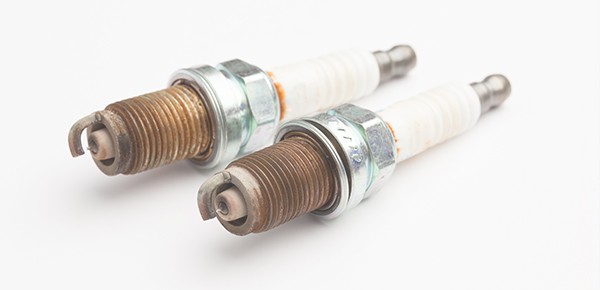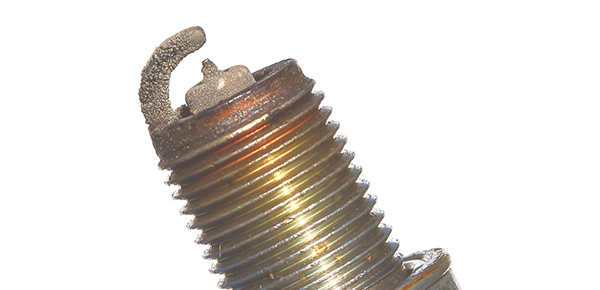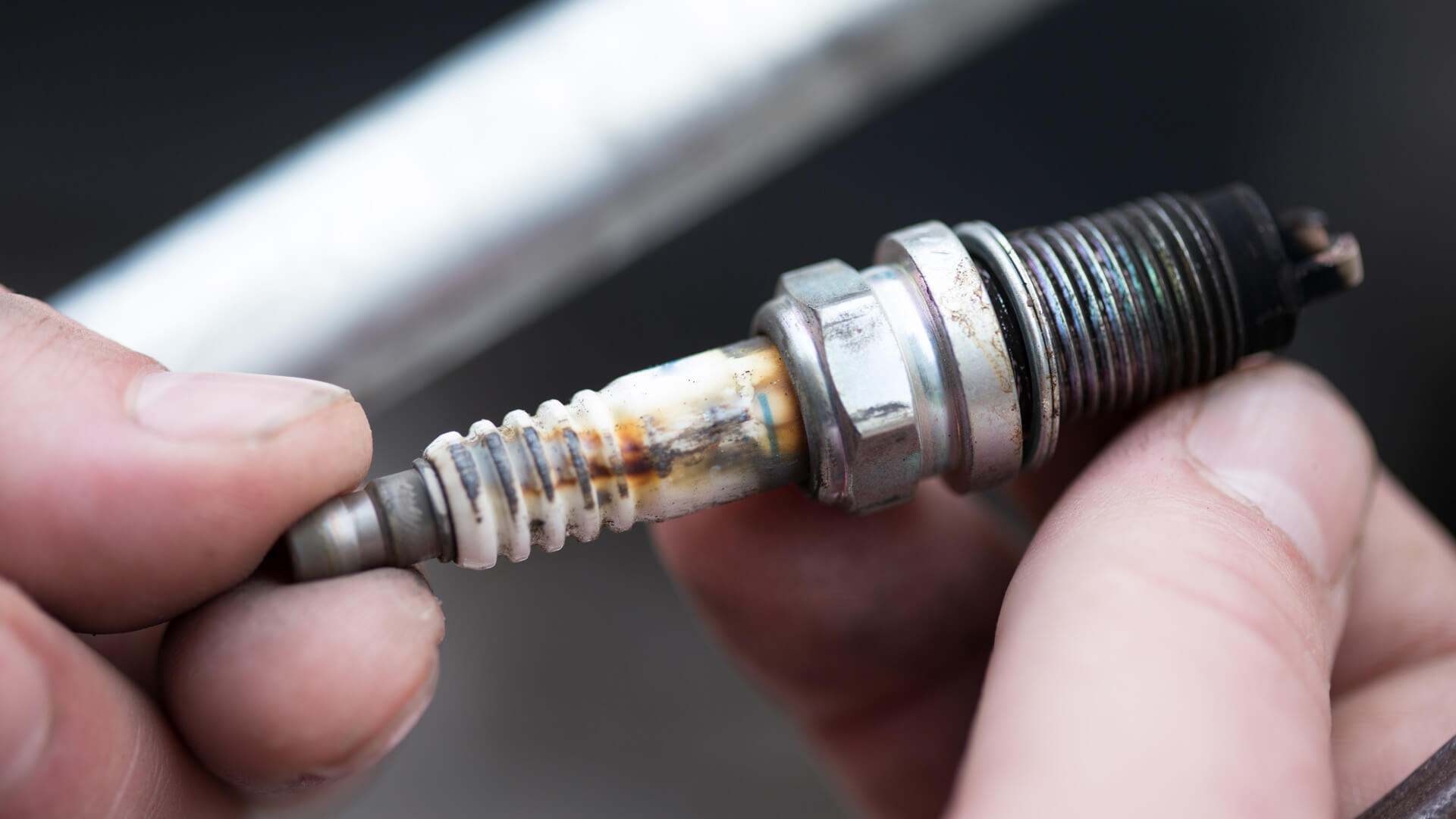
Understanding Spark Plugs
What Are Spark Plugs?
Spark plugs are essential components of internal combustion engines, igniting the air-fuel mixture in the engine’s cylinders. They produce a small electrical spark that triggers combustion, driving the engine’s pistons and ultimately powering your vehicle. Think of them as the heart of your engine’s ignition system. Without properly functioning spark plugs, an engine would struggle to start or run smoothly.
Importance of Spark Plug Maintenance
Maintaining spark plugs is key to ensuring engine performance and efficiency. Neglecting spark plug upkeep can result in issues like poor fuel economy, rough idling, and even engine misfires. For instance, a personal experience with a car that faced erratic starting led to the discovery of burnt-out spark plugs which, once replaced, restored the car’s reliability.
Here’s why maintenance matters:
- Enhanced Engine Performance: Regular checks can lead to a smoother ride.
- Fuel Efficiency: Well-maintained spark plugs can improve gas mileage.
- Preventive Costs: Replacing worn plugs is usually cheaper than addressing engine damage caused by neglect.
In short, keeping an eye on spark plug health can save time, money, and headaches down the road.

Signs of Spark Plug Issues
Common Symptoms of Failing Spark Plugs
Recognizing the signs of failing spark plugs can prevent more significant engine problems. Typically, when spark plugs begin to fail, you may notice:
- Rough Idling: Your engine may vibrate or sputter when stationary.
- Poor Acceleration: Hesitation or sluggishness when increasing speed.
- Increased Fuel Consumption: More frequent trips to the gas station can indicate inefficiency.
- Check Engine Light: This warning may illuminate due to misfires linked to spark plugs.
A friend’s vehicle experienced frequent stalling; it turned out her spark plugs were completely worn out, causing the engine to misfire.
How to Diagnose Spark Plug Problems
Diagnosing spark plug issues doesn’t require advanced mechanics knowledge. Here are simple steps anyone can follow:
- Visual Inspection: Remove and examine the spark plugs for any signs of wear or carbon buildup.
- Read the Spark Plugs: A clean, tan-colored plug indicates healthy performance, while dark soot or excessive wear can signal problems.
- Listen for Engine Sounds: Unusual noises during startup or while driving may point to ignition issues.
By keeping an ear out for odd sounds and performing regular visual inspections, vehicle owners can catch potential spark plug failures early on, maintaining their engine’s performance.

Checking Spark Plug Health
Tools Needed for Inspection
Inspecting spark plugs requires some straightforward tools that can be found in most garages. Here’s a handy list to get you started:
- Spark Plug Socket: A specialized socket for removing spark plugs easily.
- Ratchet Wrench: Provides the leverage needed to loosen tight plugs.
- Torque Wrench: Ensures plugs are tightened to the manufacturer’s specifications.
- Feeler Gauge: Useful for checking the gap between the electrodes.
- Wire Brush or Cleaning Tool: For cleaning debris from the plug threads.
When I tackled my first spark plug inspection, I found having these tools made the process much easier and less daunting.
Step-by-Step Guide to Inspecting Spark Plugs
Checking the health of your spark plugs doesn’t have to be complicated. Follow this simple step-by-step guide:
- Safety First: Disconnect the battery before starting to avoid any electrical mishaps.
- Remove the Spark Plug: Use the spark plug socket and ratchet wrench to unscrew the plug from the engine.
- Inspect the Plug: Look for signs of wear, such as:
- Carbon deposits
- Cracks or chips
- Rust or corrosion
- Check the Gap: Use the feeler gauge to measure the gap; compare it with your vehicle’s specifications.
- Clean or Replace: If the plug appears dirty, clean it with a wire brush. Otherwise, consider replacing it.
By keeping things organized and methodical, anyone can conduct a thorough spark plug inspection, promoting engine longevity and performance.

Cleaning and Replacing Spark Plugs
Proper Cleaning Techniques
Cleaning spark plugs can extend their lifespan and improve engine performance, but it’s essential to do it correctly. Here are effective techniques to keep in mind:
- Use a Wire Brush: Gently brush off any carbon deposits and dirt around the electrodes without damaging them.
- Avoid Abrasives: Steer clear of sandpaper or abrasive cleaners as they can cause further damage.
- Inspect Regularly: After cleaning, always inspect the plug visually for signs of wear and tear.
During my own spark plug maintenance, I found that a simple cleaning often restored performance, but I made sure to handle each plug with care.
When to Replace Spark Plugs
Even with proper care, spark plugs will eventually need replacing. Here are key indicators it’s time for a change:
- Mileage and Time: Typically, most plugs need replacement every 30,000 to 100,000 miles, depending on the type. Check your owner’s manual for specifics.
- Signs of Wear: If cleaning doesn’t restore the plugs to a functional state or if they show damage, replacement is necessary.
- Persistent Engine Issues: If your vehicle continues to exhibit symptoms like rough idling or misfires, it may be a sign that your spark plugs are beyond saving.
Recognizing these replacement signs early can save drivers from more extensive engine issues later on.

Tips for Maintaining Spark Plug Health
Regular Maintenance Practices
To ensure spark plugs remain in top shape, regular maintenance is essential. Here’s a quick checklist to follow:
- Inspect Periodically: Check spark plugs at every oil change or every 5,000 to 10,000 miles.
- Clean Gaskets: Ensure that the gasket surfaces are clean to prevent oil leaks that can affect spark plug performance.
- Monitor Fuel Quality: Use high-quality fuel to minimize deposits and keep the engine running smoothly.
A routine maintenance schedule not only helps in catch issues early but also keeps the engine working efficiently, as I learned from my own commitment to regular vehicle checks.
Dos and Don’ts for Extending Spark Plug Lifespan
When it comes to spark plug care, being mindful of specific practices can significantly extend their lifespan. Here’s a helpful guide:
Dos:
- Do Use Manufacturer-Recommended Plugs: Always replace with plugs specified in your vehicle’s owner manual.
- Do Check Gaps Regularly: Maintain the correct electrode gap to ensure optimal performance.
- Do Invest in Quality Tools: Using the right tools prevents damage during inspection and replacement.
Don’ts:
- Don’t Over-tighten: Excess torque can damage threads or cause a break.
- Don’t Ignore Warning Signs: If you notice poor performance, don’t delay addressing it.
- Don’t Replace Without Inspection: Always inspect new plugs for any damage before installation.
By following these dos and don’ts, vehicle owners can significantly enhance the longevity and performance of their spark plugs, ensuring a smoother drive for years to come.
